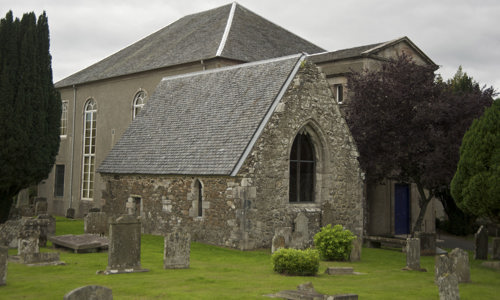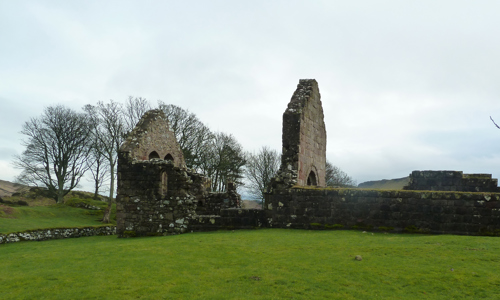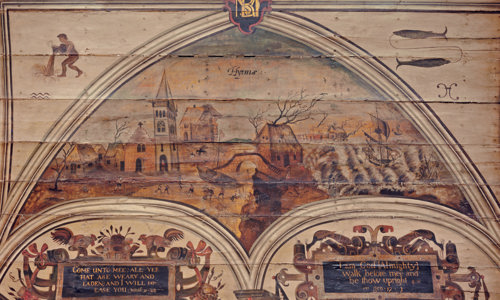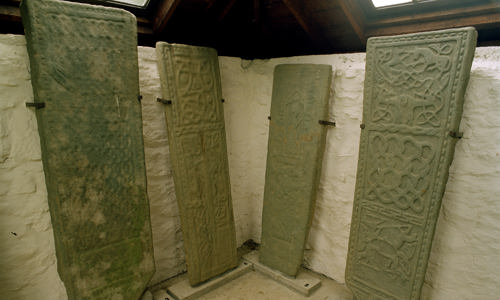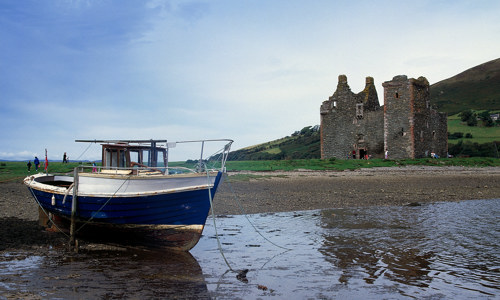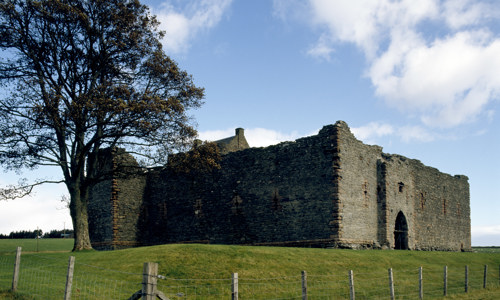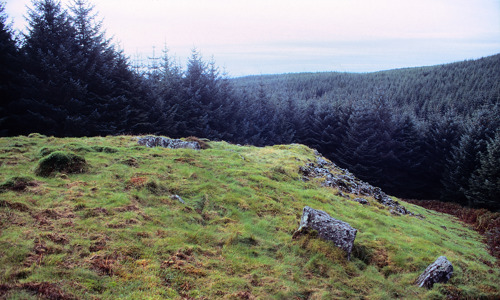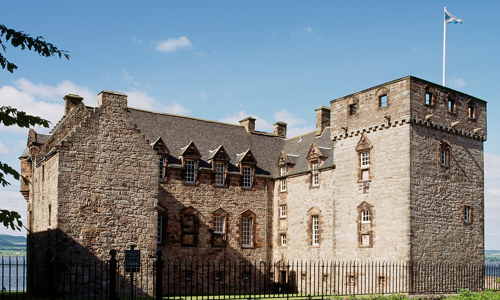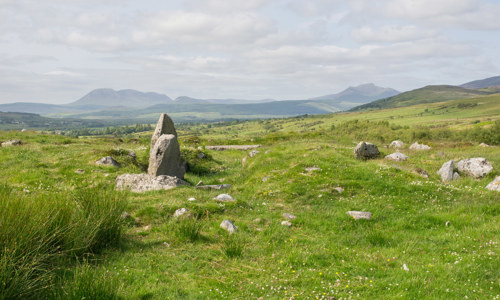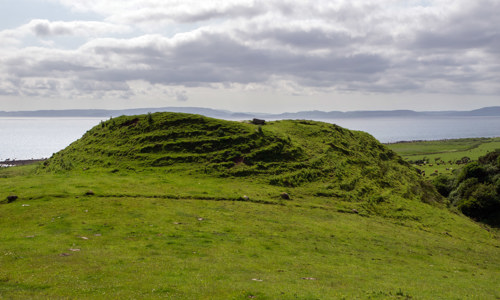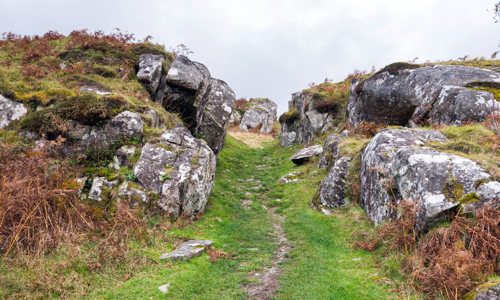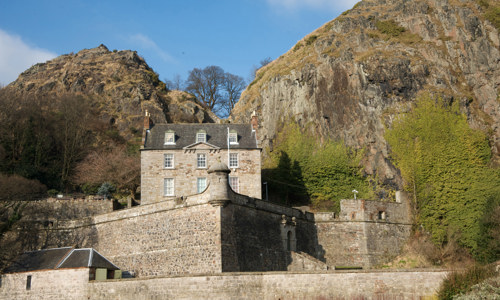History
Rothesay Castle is unique among Scottish castles for both its early date and unusual circular plan. It’s also famous for its close links with the Stewarts – both while they were hereditary high stewards and, from 1371, a royal dynasty. To this day, the heir to the throne still has the title Duke of Rothesay.
Walter, the 3rd High Steward, probably built the first stone castle in the early 1200s, as a defence against the Norwegians. The kings of Norway twice besieged and took Rothesay, in 1230 and 1263. The Stewarts added four projecting towers to prevent the castle falling into enemy hands again. But they were never put to the test.
The Stewarts later added the great gatehouse, but the castle soon fell into decline. In the 1800s, the Crichton Stuarts, Marquises of Bute, restored the ruined castle to its present state.
Power struggle
In 1098, Edgar of Scotland gave up the Hebrides, including Bute, to Norway – the result of Viking raids since around 800. But the king’s descendants were set on recovering the islands.
By 1200, Alan, 2nd High Steward, had retaken Bute. His son, Walter, 3rd High Steward, probably built the mighty, circular sandstone wall that still dominates Rothesay Castle.
It soon became clear why such a formidable castle was needed. In 1230, Haakon IV of Norway ordered his liegemen to sail into the Clyde and capture Rothesay. This they did, after a three-day siege and much loss of life. But they were soon forced to retreat.
The Norse returned in 1263, this time led by the king himself. They retook the castle, and would doubtless have done more damage, but a violent storm scattered their longships.
After an inconclusive skirmish at Largs, the Norse retreated. Haakon died in the Bishop’s Palace, Kirkwall, on his return to Norway. Three years later, his son Magnus handed back the Hebrides to Alexander III.
Royal castle
When David II died in 1371, the throne passed to his nephew, Robert Stewart, 7th High Steward. Robert – the son of Walter Stewart and Robert the Bruce’s daughter Marjorie Bruce – was the first monarch of the Stewart dynasty.
Now a royal castle, Rothesay was given a makeover in the later 1400s. James IV and James V carried out major works, including adding the impressive gatehouse and St Michael’s Chapel in the courtyard.
Rothesay then fell into ruins and was restored only in the 1800s, by the Crichton Stuarts, as keepers of the castle.


